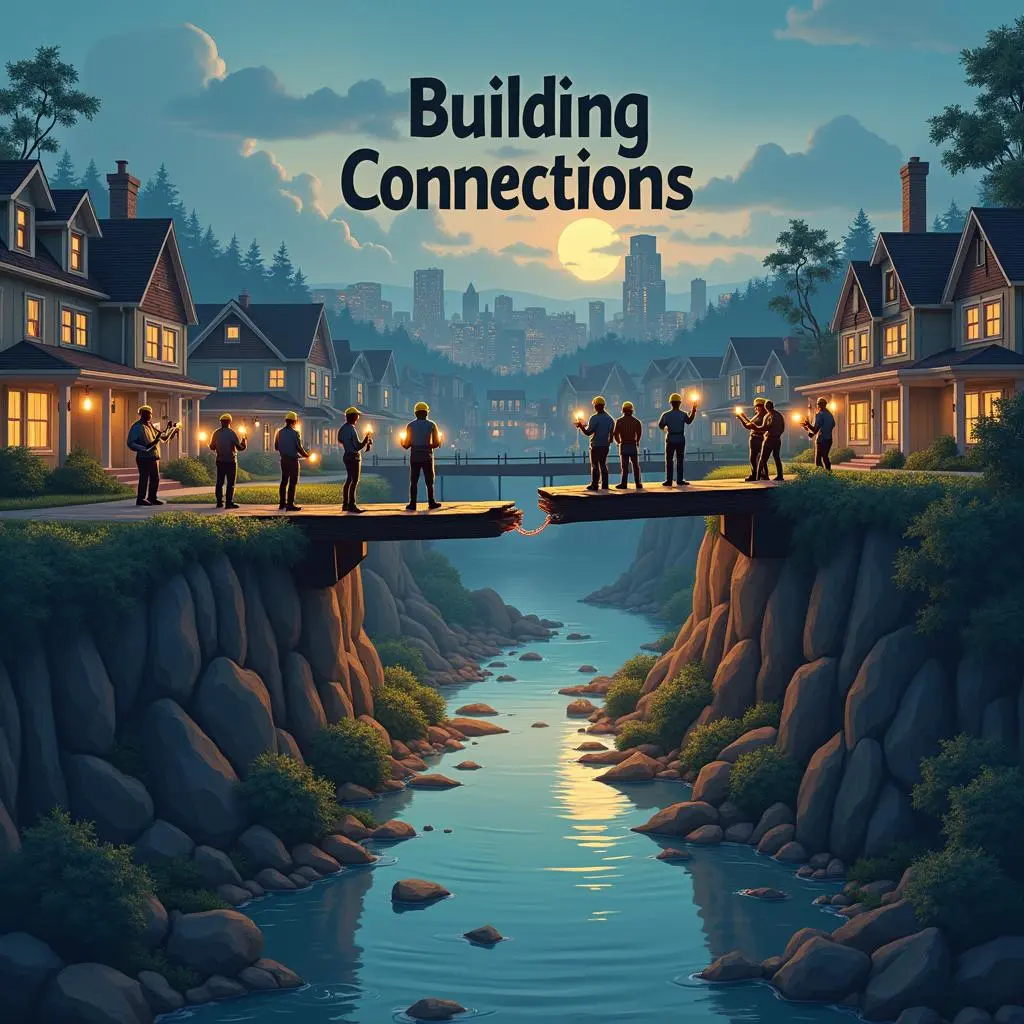The Hidden Cost of Social Classes

Social classes have long defined societies, creating divisions based on wealth, privilege, and access to resources. While these divisions are often accepted as a natural order, the hidden costs of maintaining social classes are profound. They extend beyond economic disparities, impacting mental health, societal cohesion, and overall progress.
The most visible cost of social classes is the widening gap between the wealthy and the poor. This gap creates unequal access to education, healthcare, and employment opportunities, leaving a significant portion of the population struggling to meet basic needs. These systemic inequalities perpetuate a cycle of poverty that becomes increasingly difficult to break.
Less visible but equally damaging are the psychological effects of class divisions. Those in lower classes often experience feelings of inferiority, stress, and hopelessness, while those in higher classes may develop a sense of entitlement and detachment from the struggles of others. These mental divides hinder mutual understanding and collective growth.
To address these hidden costs, societies must prioritize equity and inclusivity. Governments can implement policies that ensure equal access to education, healthcare, and economic opportunities. Community-driven initiatives can bridge gaps, fostering understanding and collaboration across class lines.
Breaking down the barriers created by social classes requires collective effort and a shift in perspective. By recognizing the hidden costs and working toward a fairer society, we can build a future where all individuals have the opportunity to thrive, free from the constraints of arbitrary divisions.
